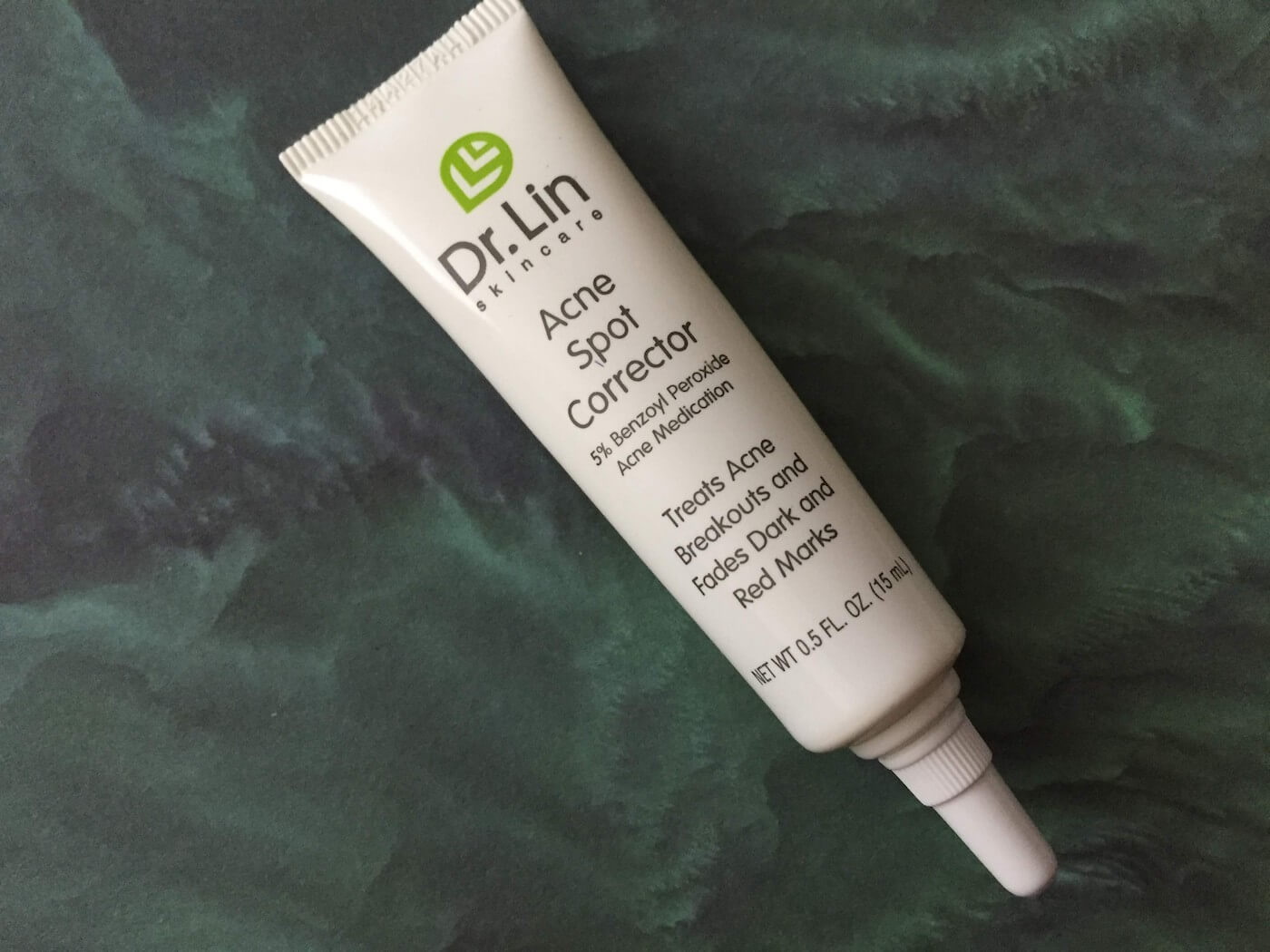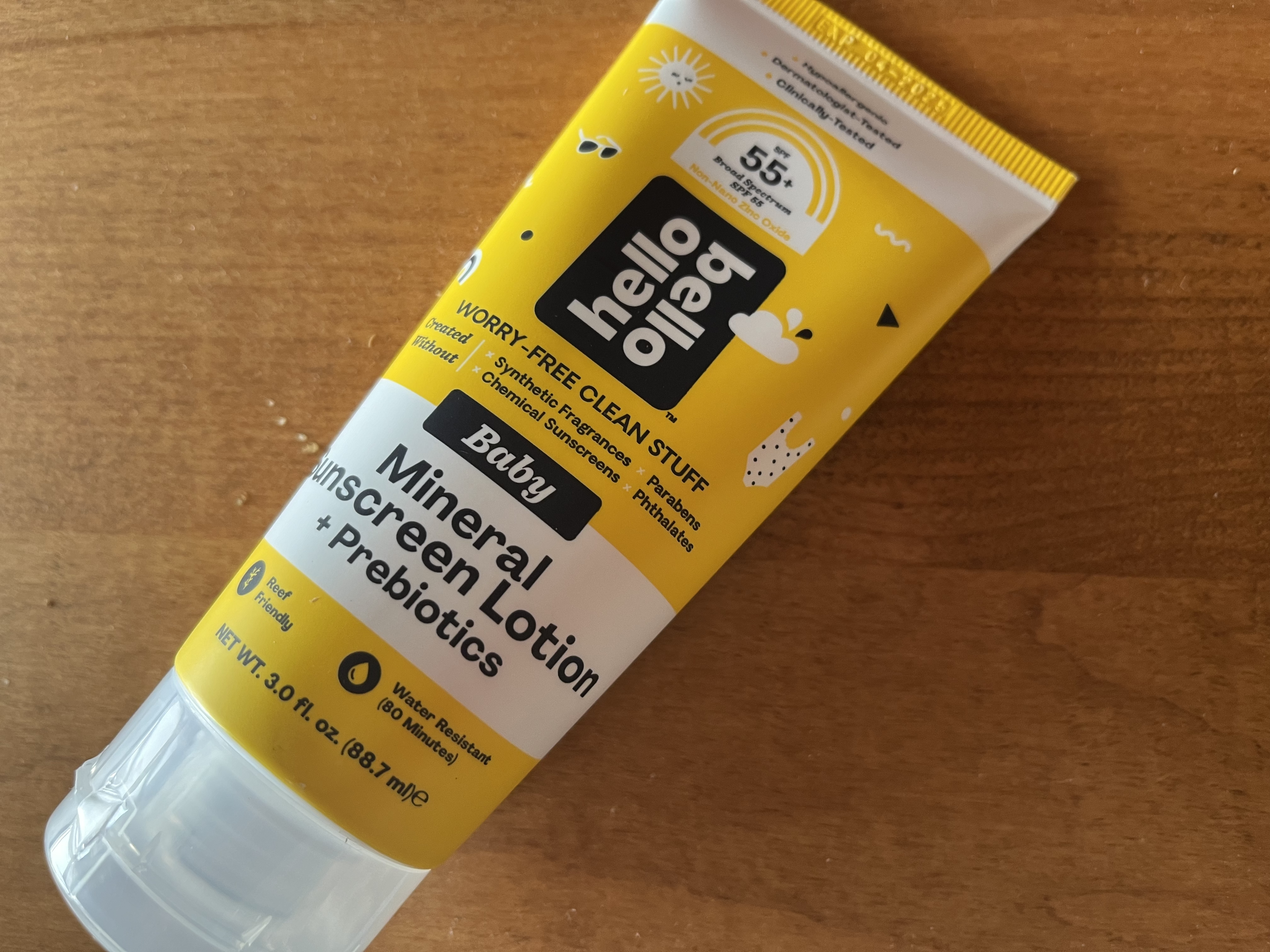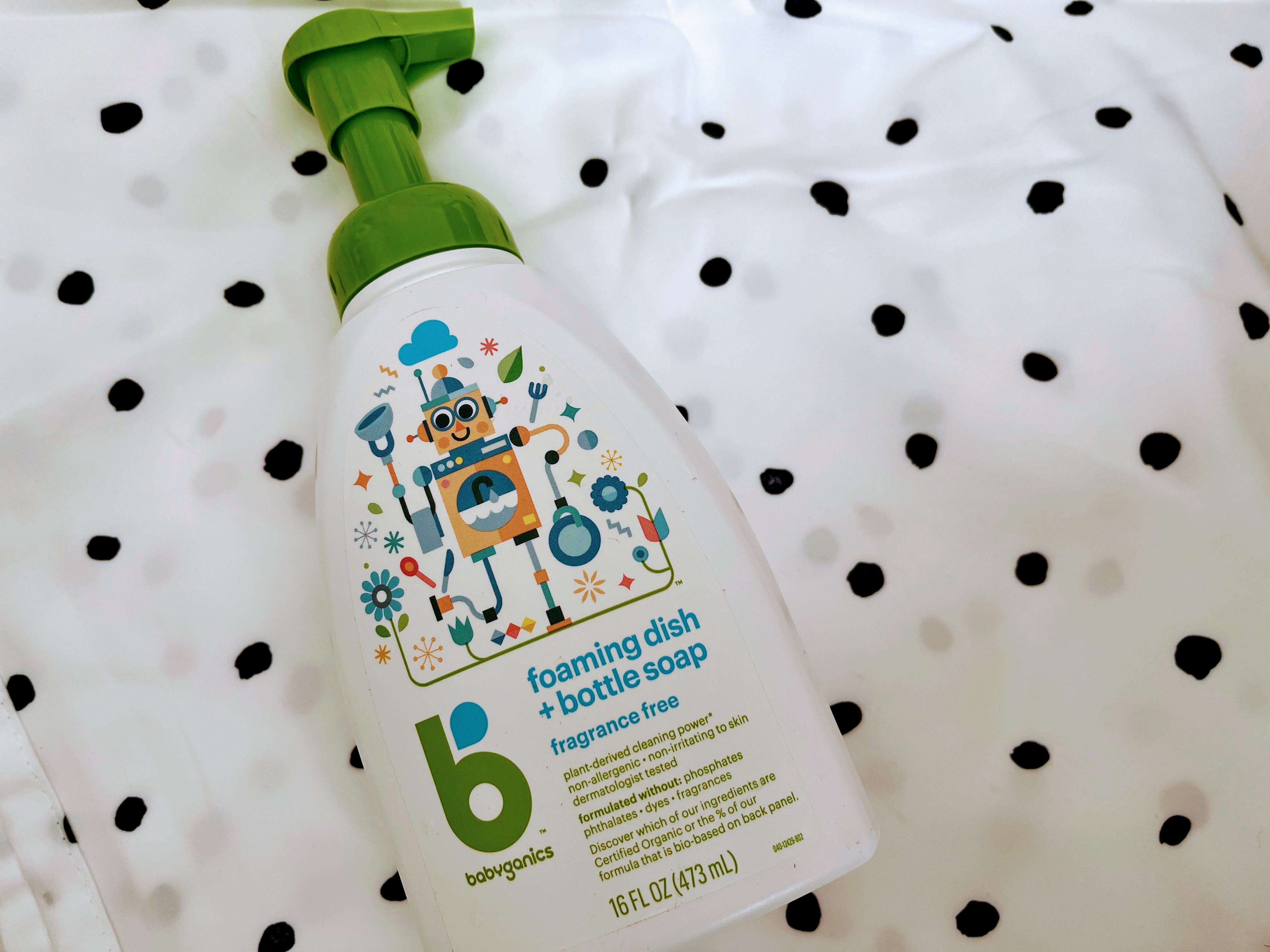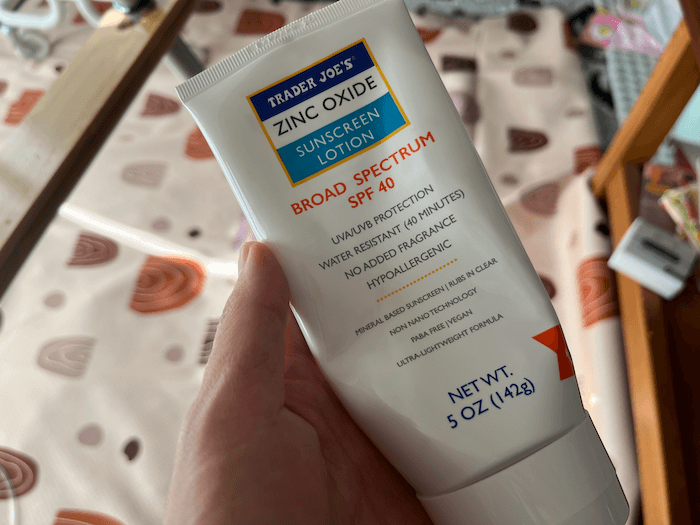Dr. Lin Acne Spot Corrector Review
This treatment claims to fade dark marks associated with acne, but I don't think it lives up to that claim.
Every few months, I get a big, angry pimple that refuses to subside (either in size or redness) for weeks at a time. When you get a pimple like that, there’s nothing you can really do except apply a pimple patch or a benzoyl peroxide spot treatment at night, and hope that the pimple gods smile upon you eventually. Dr. Lin Acne Spot Corrector is one of the spot treatments I’ve tried, and it falls somewhere in the middle of the spectrum between “totally useless” and “holy grail.” Today, I wanted to take a closer look at what goes into this “acne spot corrector” since it claims to do two things: treat breakouts and fade dark marks (particularly the kinds left behind by the monstrous pimples I mentioned earlier).
Dr. Lin Acne Spot Corrector ingredients
This spot corrector uses a standard acne-fighting ingredient: benzoyl peroxide. The 5% concentration is pretty average (the max concentration allowed is 10%), though this study compared three acne treatments with 2.5%, 5%, and 10% benzoyl peroxide as the active ingredient, and found that 2.5% was the most effective (and least irritating) option. So it’s possible that this formula may be too irritating for those with sensitive skin (I’d opt for a 2.5% spot treatment instead).
Dr. Lin Acne Spot Corrector claims to help treat dark and red marks associated with acne. The main ingredients in this formula that appear to help lighten and brighten skin are: ascorbic acid, arbutin, and kojic acid. Ascorbic acid is vitamin C, which helps with brightening, though it is prone to oxidize in the presence of water. Kojic acid has been shown to help with dark marks/hyperpigmentation, though it was shown to be more effective at lightening when combined with hydroquinone in this study. Arbutin is derived from hydroquinone, so perhaps that is why this formula combines it with kojic acid. However, alpha-arbutin may be the more effective form of arbutin (see this review, which has been shown to help lighten skin).
This formula also includes skin-soothing ingredients that help offset irritation and dryness associated with benzoyl peroxide (and with acne itself), including allantoin (an anti-irritating ingredient with healing properties) and sodium hyaluronate (a commonly used hydrating ingredient). However, methylisothiazolinone, one of the preservatives in this product, may be irritating to those with sensitive skin. The European Union’s Scientific Committee on Consumer Safety has banned this ingredient from leave-on products, but it’s allowed in concentrations up to 0.01% in leave-on products in the U.S. Read more here.

Dr. Lin Acne Spot Corrector Review
I don’t have strong feelings about this spot treatment. I think it does help treat smaller pimples (just like any other benzoyl peroxide treatment), but it does so at the price of causing minor irritation and itchiness. I haven’t noticed an overly drying effect, though (no peeling or flaking).
Part of the reason I was so interested in this spot treatment was that it claimed to help treat red and dark marks associated with acne. Although it contains promising ingredients like kojic acid, arbutin, and ascorbic acid, I didn’t see any noticeable improvement in my hyperpigmentation. However, keep in mind that it might be because I usually don’t use it that often, because it makes my skin feel itchy and inflamed. If I were more strict about using it regularly (even after the pimple subsided) on the red spot left behind by each pimple, perhaps I would have better things to report.
I’m not sure if it’s because of the methylisothiazolinone or the high concentration of benzoyl peroxide, but I don’t think it’s a great option for those who have sensitive skin. It may irritate your breakouts and the surrounding skin even more, instead of calming them down. I do like the packaging, though—it comes in a small 0.5-oz. tube that’s great for traveling. I won’t be repurchasing this product, but that doesn’t mean that it won’t work better for someone else. Even though “fragrance” is listed in the ingredients, I didn’t notice any strong scent at all—it seemed pretty odorless to me.




Share this post
RSS
Facebook
Reddit
Email